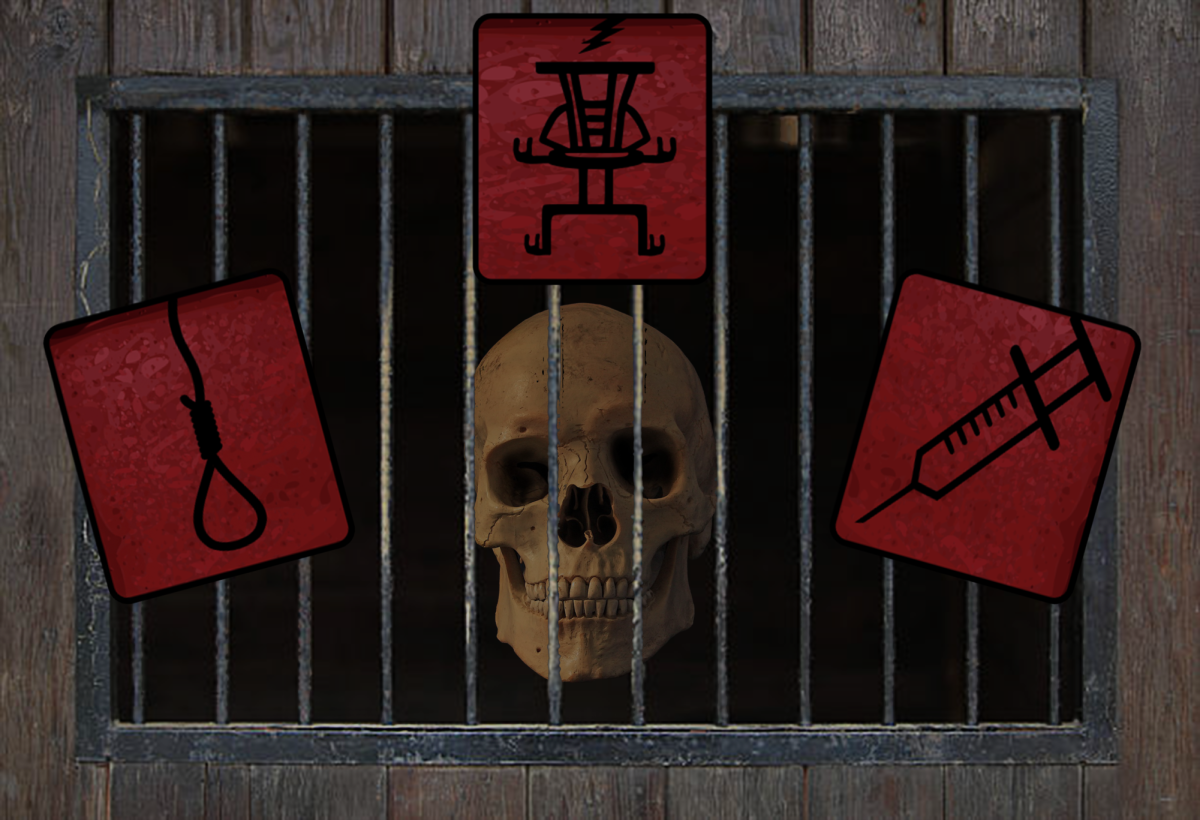The concept of wishing death upon someone for a crime they committed seems cruel to many. The death penalty is often seen as extreme, compelling many to make the argument that no crime should cost someone’s life.
However, allowing particularly heinous criminals to live can lead to a continuation of harm inflicted on many others, or even a pursuit of revenge on previous victims. Not to say that criminals can’t change, but we should avoid being optimistic about the most horrible felons. There have been cases of some that do learn from their ways, but the vast majority won’t – and that leads to tragic events that could have been prevented.
Studies have shown that countries with active death penalty practices generally exhibit lower crime rates. According to ArcGIS China has both the highest number of death penalties and the lowest crime rate. Only an estimated 120 individuals out of every 100,000 are involved in any sort of criminal activity.
The death penalty serves as a formidable deterrent against the exercise of grave crimes. Capital punishment instills fear in potential perpetrators; the thought of facing the death penalty discourages those contemplating criminal activity. This claim is backed by research and evident in countries that do not enforce a death penalty, such as Venezuela. According to ArcGIS, Venezuela has one of the highest crime rates.
In cases involving severe offenses, victims and their families are forced to endure lasting pain, trauma and loss. Capital punishment restores a semblance of justice by ensuring the gravity of the punishment aligns with that of the crime. The death penalty upholds justice and enacts retribution for unthinkable crimes. It also provides a sense of closure for the families of victims.
It is morally imperative to hold individuals accountable for their actions when their crimes are severe and have caused irreversible harm to victims and their families. Societies enforcing the death penalty acknowledge the fundamental principle of judgment, providing the law the means to respond to violations exceeding the boundaries of human decency.
For instance, in 1993, Julie Heath’s body was found a week after she went missing on Oct. 3. Investigators say she was assaulted and then murdered by having her throat slit by her killer. Police later arrested Eric Randall Nance for Heath’s murder. He was given the death penalty, which convinced Belinda Crites, Heath’s cousin, to become a supporter of capital punishment.
She and the rest of Heath’s family found closure in the death penalty, knowing that Nance saw the consequences of his crime.
Permitting the death penalty ensures societal catharsis. It serves as a message that society condemns extreme crimes, emphasizing that certain acts are unacceptable and cannot be tolerated. It reinforces the values of relief and justice that are central to any civilized society. Though it may be brutal, the death penalty endorses moral order and discourages criminals from committing crimes, promoting a safer society for people to live in.




Rodiyah Moremi Omotosho • May 27, 2025 at 6:41 am
Before death penalty is enforced I think people should be given a chance to prove themselves and another opportunity to reform their mistakes not just sentenced immediately after proven guilty.